100%! This is not the power of a certain electric car, but the tariff rate imposed by the United States on Chinese electric cars. Yes, you read it right – a pure electric SUV that could have sold for 200,000 in China wants to enter the United States? The price will double immediately. But Chinese new energy vehicle companies are building factories in Mexico, as if to say: You have policies, I have ways. Could it be that Mexico has really become the “North American springboard” for Chinese new energy vehicles? The doorway behind this is far more exciting than you think.
Let me first throw out a “cold knowledge” in the industry: Mexico is the world’s fourth largest automobile exporter, and the maturity of the automobile industry chain is not inferior to that of the “Auto City” Detroit. More importantly, Mexico has signed the USMCA (United States-Mexico-Canada Agreement). If it is produced here, as long as the localization rate of parts is high enough, the products can be exported to the United States and Canada with zero tariffs. This is the “open conspiracy” of Chinese new energy vehicle companies – moving the factory to Mexico, using geography and rules as a double insurance to avoid the US tariff blade.
BYD’s calculations are the loudest. Site selection, negotiation, trial production, the pace is so fast that it makes peers “difficult to breathe” – but when the direction of the US election changed, BYD “stepped on the brakes” and retreated bravely, saying that it was “only serving the local market in Mexico.” The truth? Everyone in the industry knows that this is called “waiting for the wind to come”, waiting for a US policy window that is beneficial to Chinese car companies.
Look at MG (SAIC MG) and Chery, recruiting troops and horses, and the supply chain is following up simultaneously. Don’t think it’s just “slogans”, supporting battery factories and powertrain factories have also been laid out in northwest Mexico and the Bay Area. According to industry insiders, the first batch of MG assembled cars in Mexico has a zero-to-hundred acceleration that is 0.2 seconds faster than in China, and the chassis tuning is more North American style – the suspension is much tougher. Yes, this is the reverse customization of “export to domestic sales”.
Say “produced in Mexico can enter the United States with zero tariffs”? Don’t worry, it’s not that simple. USMCA requires that more than 75% of the parts of a car must come from North America. This is a “technical Rubik’s Cube” for Chinese companies – power batteries must be made locally, and key chips must also be found locally. Suppliers, otherwise it is a “fake pass”.
I believe that many car enthusiasts have experienced the “magical reality” of “export versions of domestic cars are more advanced”. Now this “reverse magic modification” is back. For example, a car enthusiast test-drove a domestic pure electric SUV in Mexico and found that the central control system was smoother than that in China, and the car machine voice recognition responded faster. What’s the reason? The “North American optimization” brought about by the localization of the supply chain, the software adaptation is closer to the habits of American users. Seeing this, do you also feel a little “knowledge-enhanced”?
Of course, all “open plots” are hidden with policy mines. U.S. Trade Representative Kiki Tai has already said: “Chinese companies want to bypass tariffs to enter the United States? Please continue to pay attention.” The White House even warned Mexico: Don’t help Chinese companies take advantage of loopholes, otherwise it is not a joke to impose tariffs and cut off the supply chain. What about Mexico? While welcoming investment, it quietly tightened land and tax incentives, and negotiations with Chinese car companies began to “change faces”. This “tariff cat-and-mouse game” is more exciting than the F1 qualifying race.
Don’t forget that in addition to vehicle manufacturers, battery giants such as CATL are also setting up factories in Mexico, aiming to supply American car companies such as Tesla and Ford. Once the new US tariff policy is implemented, the “North American identity authentication” of parts manufacturers will become stricter. How to find a balance between compliance and cost? It is not only a test of engineers’ brains, but also a test of transnational legal affairs and supply chain management.
Chinese new energy vehicle companies are collectively “going to Mexico”, which is “globalization” on the surface, but in fact it is a part of the “tariff breakout war” – it is an open conspiracy and a risky move. If you are an entrepreneur who pursues the ultimate cost-effectiveness and pays attention to the North American market, this “Mexican gold rush” is worth your in-depth study; if you are an ordinary car owner, don’t expect to buy “cheap Chinese electric cars” in the United States in the short term – policy risks and localization challenges are still huge.
Cost-effectiveness? For domestic car companies, building a factory in Mexico is a “high-cost trial and error” in the short term, but once it gains a foothold, it is very likely to become the “second engine” for the globalization of Chinese brands in the future. But don’t forget that policy dividends and market windows are never too long. Can Biden be re-elected? Can Mexico withstand the pressure? Nothing is known.
One sentence to the point: Mexico is not the end, but a new starting point for China’s global competition in new energy vehicles. Only those who dare to play have a chance of winning.
Behind the wave of new energy vehicle factories in Mexico: a conspiracy to circumvent US tariffs
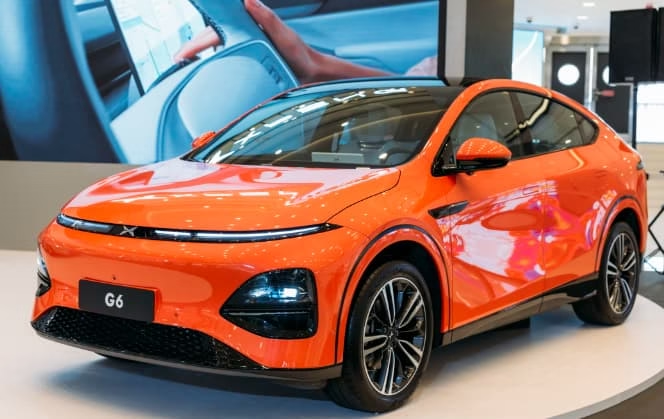

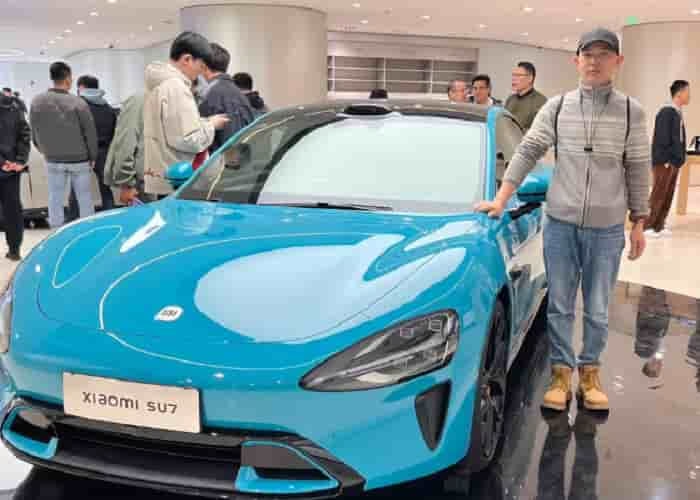
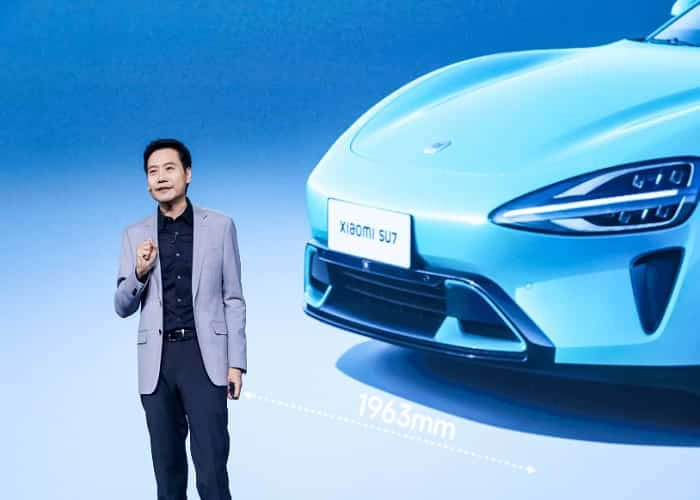
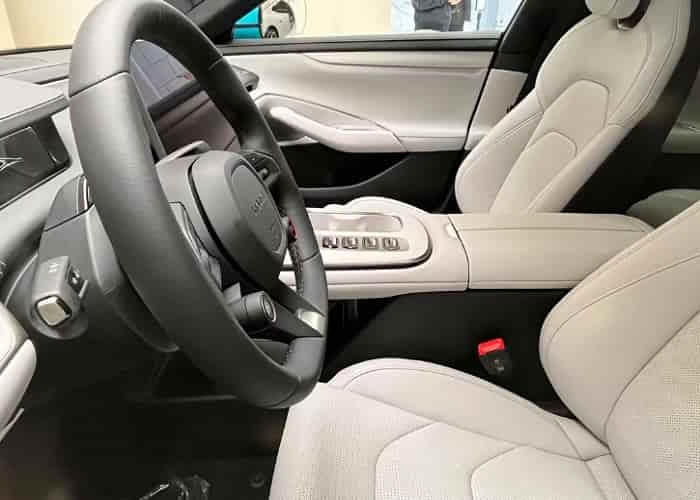


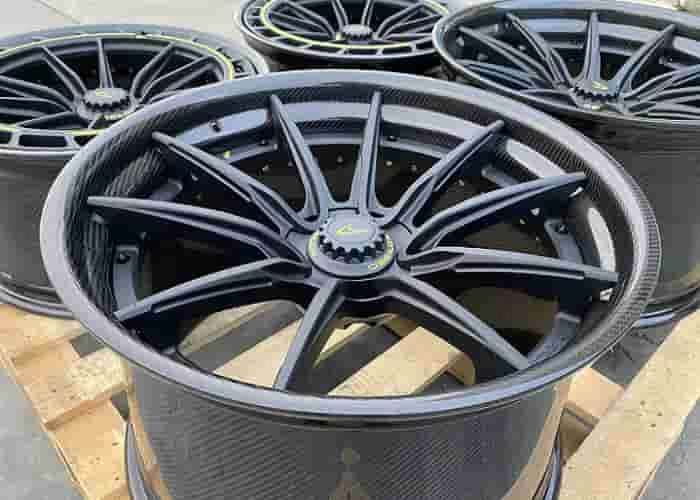

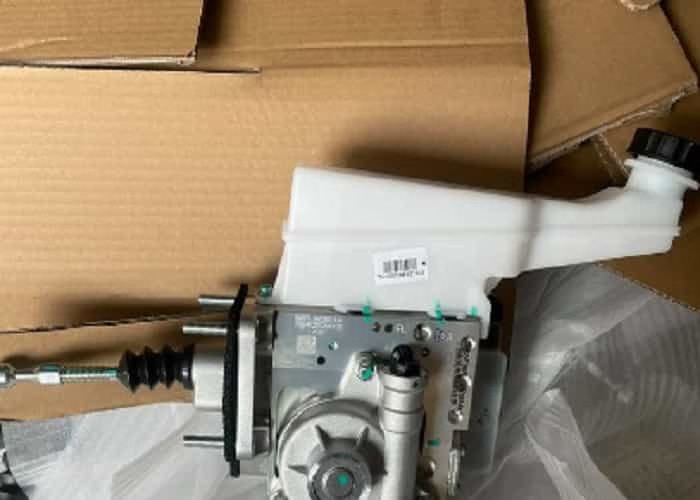
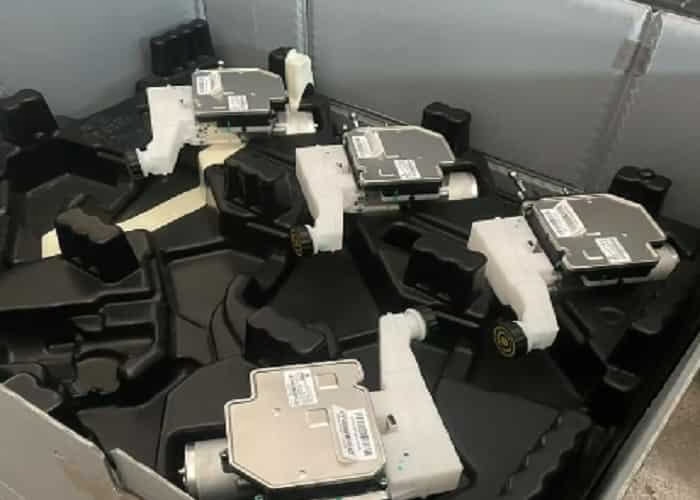
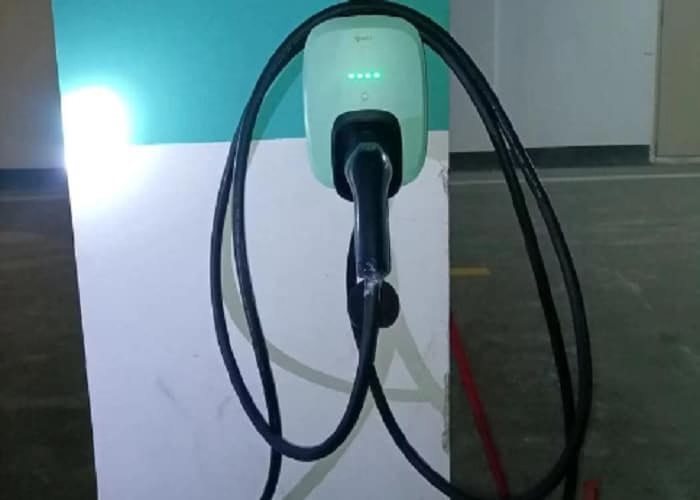



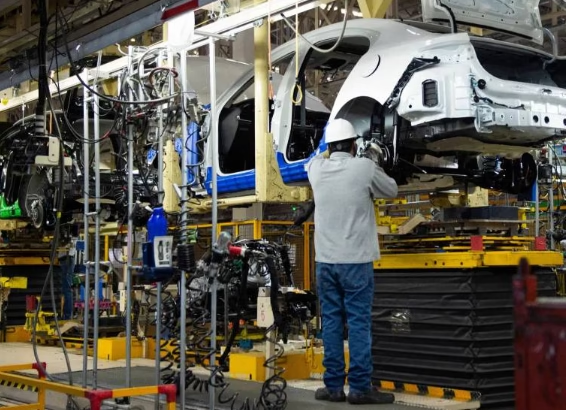
Leave a Reply